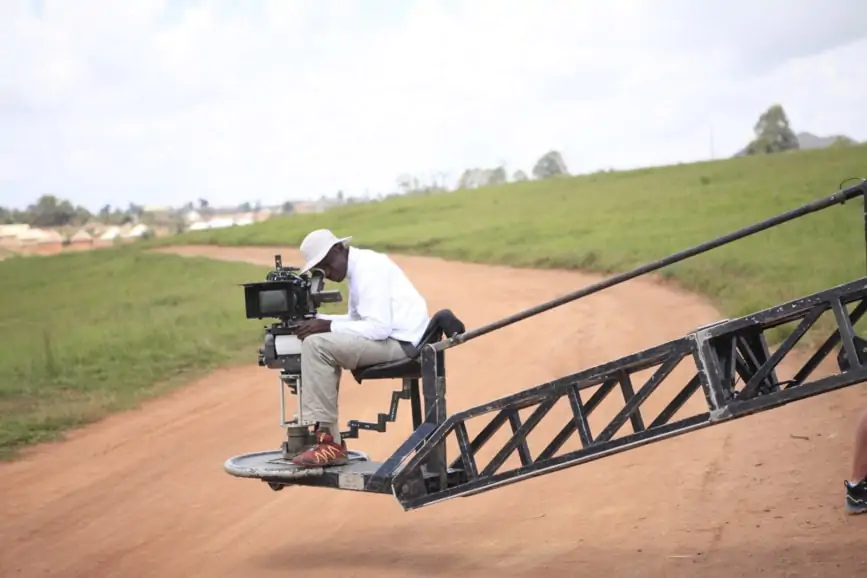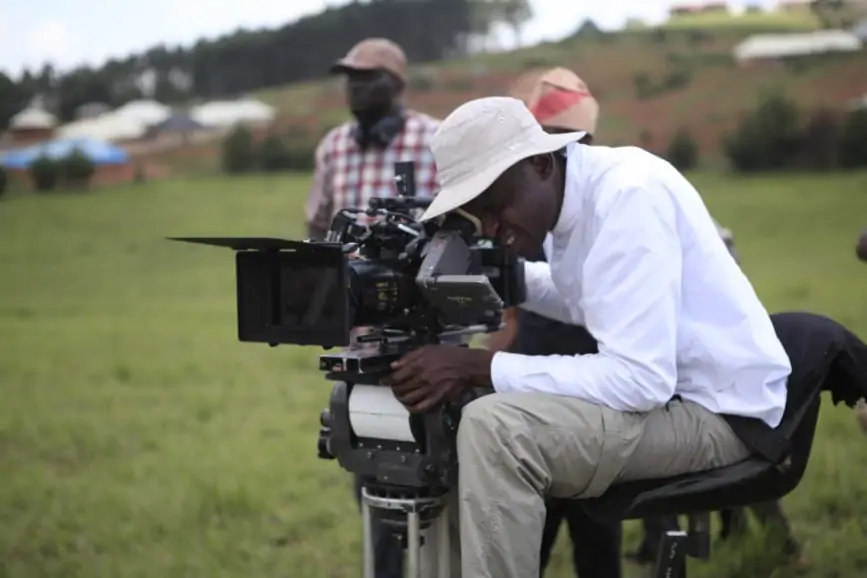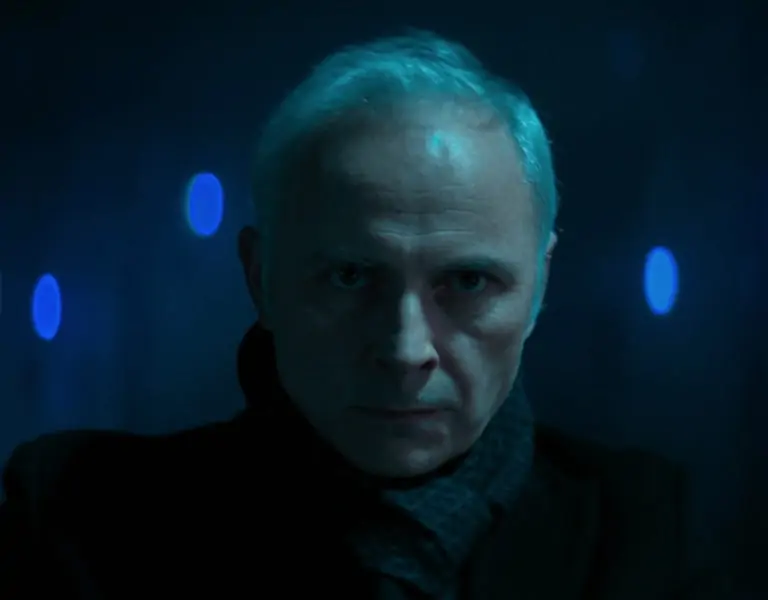AGENT FOR CHANGE
The tragic tale of two sisters and the life-changing impact of an attack on their village is juxtaposed against the glorious landscapes of Taraba, Nigeria, in The Milkmaid.
The human cost of religious extremism in the African continent is explored in writer-director-producer Desmond Ovbiagele’s The Milkmaid. The first Nigerian production to compete for the International Feature Oscar tells the story of sisters, Aisha and Zainab, who are abducted from their village on Zainab’s wedding day in a deadly attack. With their paths forever changed and their relationships destroyed, the sisters are forced to fight for their freedom.
A story about Nigeria, made by Nigerians, the unflinching film combines stunning cinematography with a powerful script to shine a spotlight on the ordinary people victimised by extremist terrorists. Director Ovbiagele was passionate about telling the story about Boko Haram – a terrorist organisation based in Northeastern Nigeria – and the impact of insurgency on two sisters’ lives.
Login to continue reading
This content is exclusively for digital magazine subscribers.
Start your subscription today, or login below to continue.
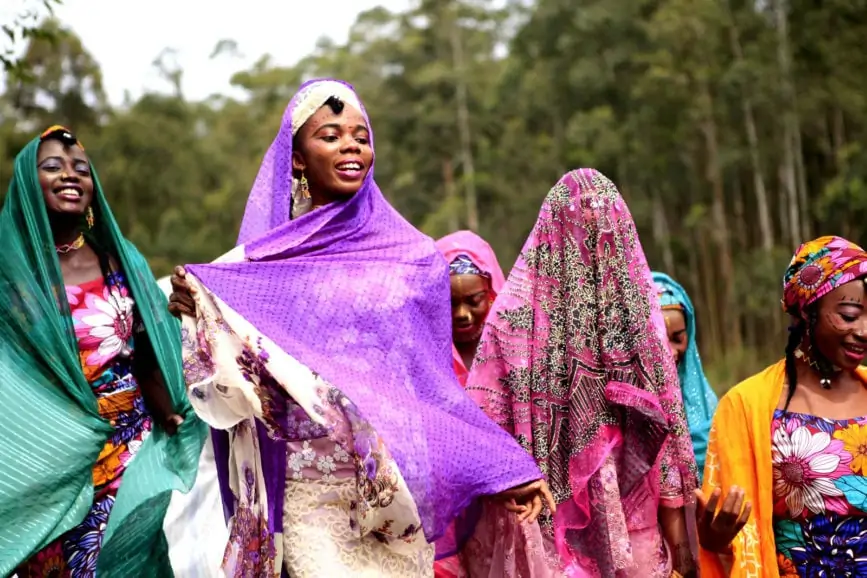
“The script was inspired by a true story and Desmond carried out thorough research. He wanted Nigerians and the whole world to see life through the eyes of someone who had been affected by Boko Haram insurgency so the viewer could really understand what was going on in that part of the world,” says cinematographer Yinka Edward.
Having grown up in Northern Nigeria, in the city of Jos, and speaking the Hausa language, which the film is shot in, Edward had first-hand experience of the world where the story took place. “I had taken trips to the Mambilla Plateau where some of the film takes place and had also witnessed some of the violent clashes and unrest in Jos in 2001, so I could bring that first-hand knowledge to the production.”
Ovbiagele adds: “The religious extremist insurgency that has raged in northern Nigeria for almost a decade has reduced human lives in the consciousness of the general public to mere statistics, typically nameless and voiceless. I felt a strong obligation as a filmmaker to harness the considerable tools available within the medium of cinema to help give a voice to those, living or dead, who are not in a position to speak for themselves.”
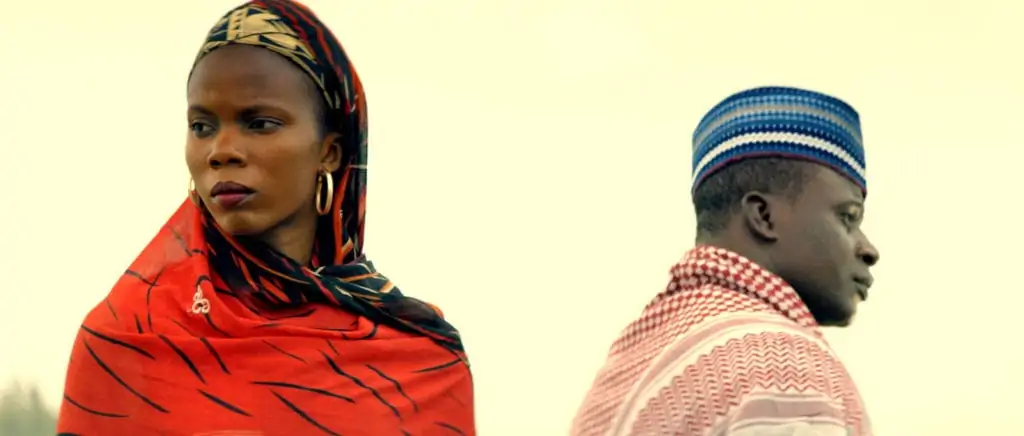
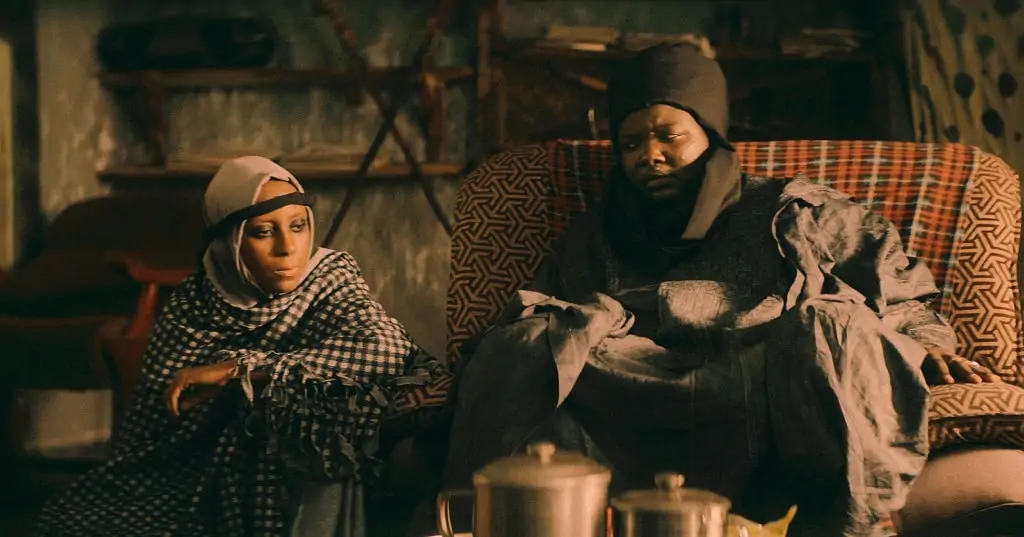
Although Ovbiagele wanted The Milkmaid to have a life of its own, films such as The Godfather (1972), Timbuktu (2014), and Blood Diamond (2006) were revisited when deciding on the visual language. “Desmond is a big fan of The Godfather. He would talk about films not as a reference, but as a premise for how far we could stretch the canvas. He did not shy away from going really dark or shaking the camera if we had to which I think really helped.”
Ovbiagele had written the script as a creative imagining of the two iconic Fulani milkmaids depicted on the back of the Nigerian ten naira note and how their lives’ journey would be impacted under a religious extremism scenario, which informed creative decisions including costumes, make-up, and locations. He scaled back the bloody and violent scenes in the original script. “Desmond didn’t want to show blood and he pulled back on the rape scene in the film, so you don’t see the actual rape but the impact it had on the characters,” says Edward. “He felt that the news was bad enough, so he just wanted to tell the story which informed how we approached the scenes.”
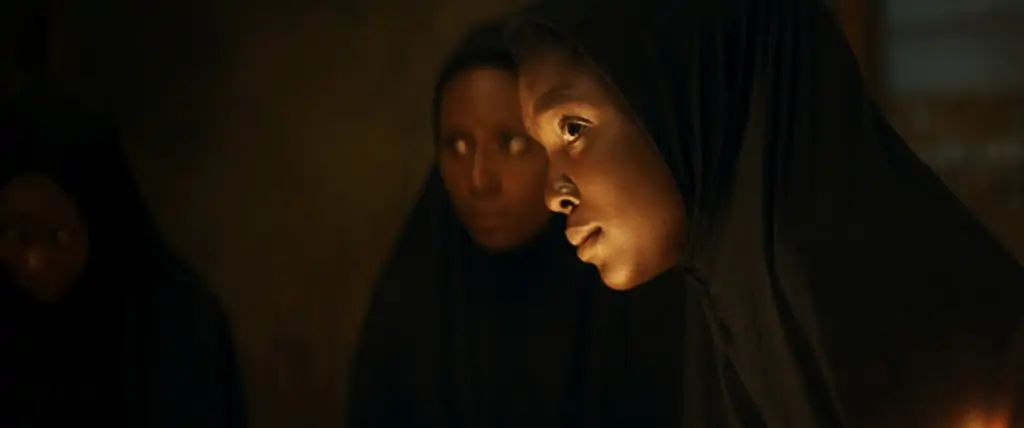
The director wanted to adopt a conservative approach and be true to the surreal experiences of the sisters. “He wanted to make a film that allowed people to reflect on the devastating impact of terrorism by extremists in Nigeria,” says Edward. “The impact of insurgency is devastating enough, and he didn’t want to allow those moments to be rushed. However, it was important for him to allow as many people as possible to be part of the sisters’ experiences.”
Contrasting visuals
The visceral horror and harrowing ordeal faced by victims of conflict is juxtaposed with the serene natural beauty of West Africa – especially the jungle, forest, and mountains of Taraba State in north-eastern Nigeria. Most of the film was shot on location in Taraba state. The crew filmed in the capital city, Jalingo, and on the Mambilla Plateau. It was the first time an entire production had been shot in that area – a place Edward visited when he was younger and had always wanted to shoot in.
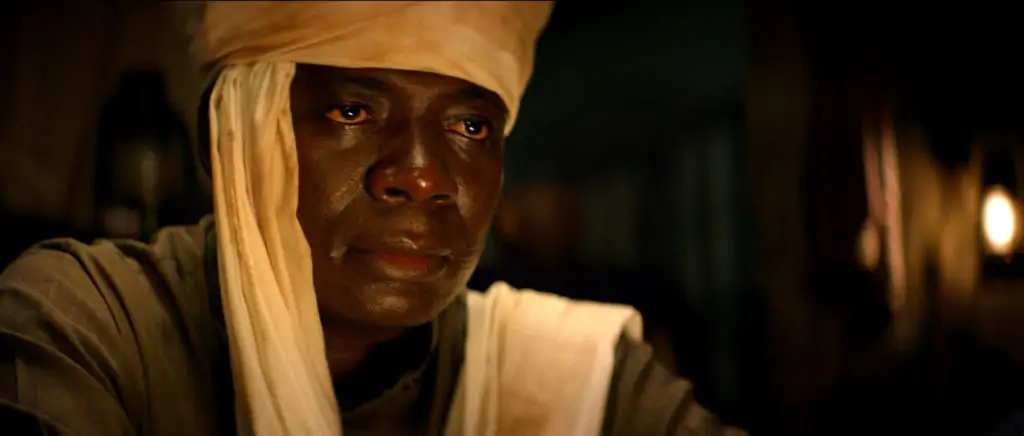
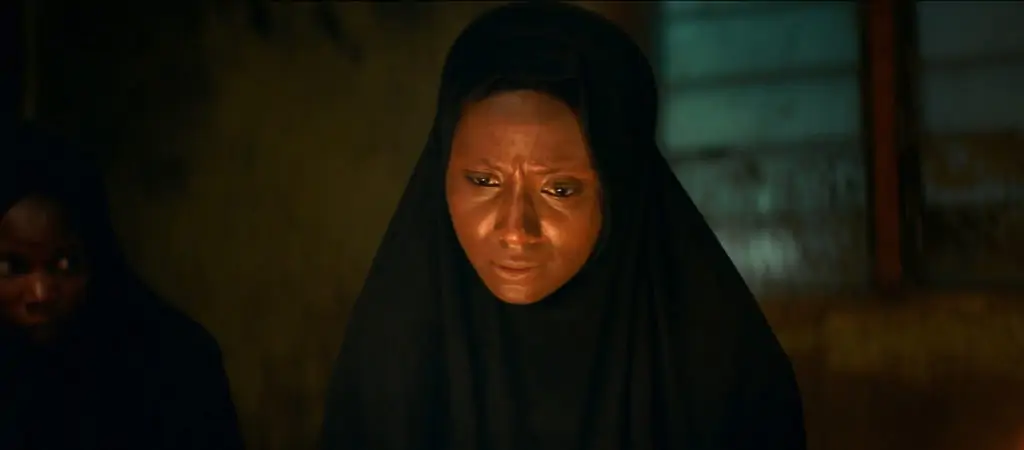
“Taraba has unique and interesting scenery. The Mambilla Plateau contains a set of highlands with an average elevation of about 1,600 metres above sea level, making it the highest plateau in Nigeria,” says Edward. “The land is lush and green, so we shot part of the opening scene there, along with some scenes from the sisters’ village community because the scenery helped enhance the sense of security, peacefulness, and joy in the sisters’ lives before the attacks on their village.”
The crew filmed at a time when some Boko Haram activity was taking place in the area, requiring them to be cautious and introducing safety restrictions dictating where they could shoot. Although many real locations were used, due to the restrictions in some places, production designer Pat Nebo, whom Edward has collaborated with seven times prior, had to build sets to help fulfil the filmmakers’ aims.
“A little house was found in Jalingo that could only take one set at a time, so it was used to create four separate sets – the sisters’ home, the meeting room in the terrorists’ camp, the bedroom of one of the lead characters and a cave,” says Edward. “I believe Pat is one of the most experienced, if not the most experienced, production designer in Nigeria today. Before I arrived in Nigeria for principal photography, he had gone ahead to recce key locations. Some were lost due to security reasons, and we had to come up with alternatives at extremely short notice.”
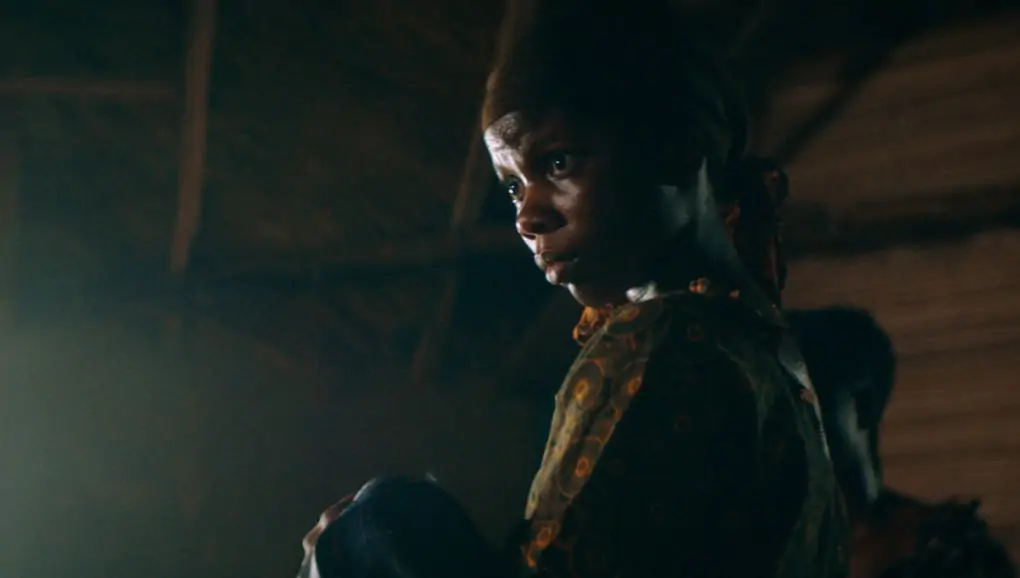
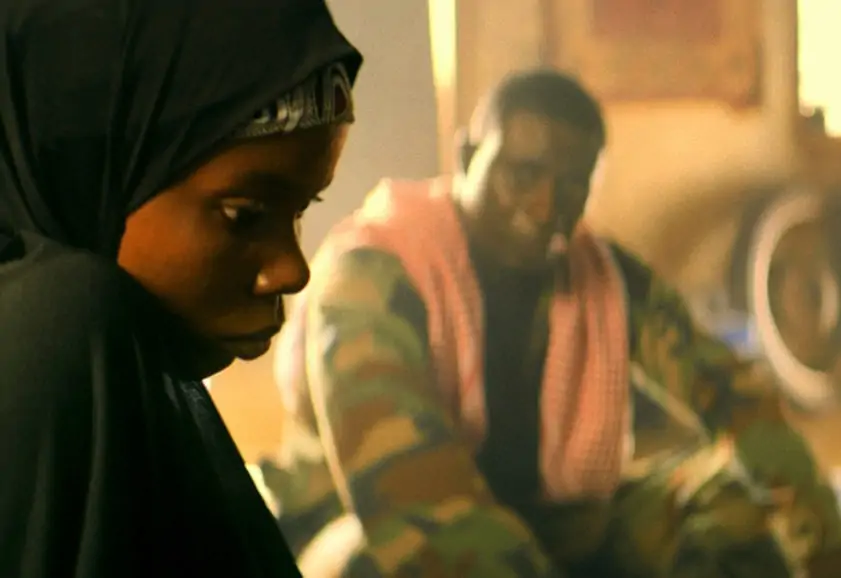
The “extraordinary” sets Nebo built included the well which is used to imprison Aisha. “He built it with fabrics, hanging about 20 feet above the ground, and then attached it to the pit where we previously shot the mass grave scene,” says Edward.
To light the well, a 25-foot tower was constructed with lamps and bounce boards rigged on top. The top of the well Nebo built featured a platform where the actors stood, and Edward was on the ground pointing the camera upwards. “So, in the wide shot with the actors looking down the well and the ladder being pulled, that’s not the well, it’s just a shallow pit Pat dug, and the actors were about 20 feet above the ground. It was phenomenal. We then cut to this suspended well.”
A tale of two parts
Edward shot with his “go-to camera”, the ARRI Alexa Mini. “It has an impressive latitude, especially in the highlights, so in a country like Nigeria where you are always up against it with the sun, ARRI is an ideal choice,” he says. “The Mini allowed us to be compact which was useful when we had to walk long distances and climb hills for some shots. I also feel the Alexa is a very stable camera and when we were shooting in very remote areas, I didn’t want any surprises.”
From conversations in pre-production with Ovbiagele about the look of the film, Edward knew the early life of the sisters in their community was an important element of the story to highlight. “I discussed the lens options to capture this with Ben Mitchell, a friend who also runs Focus 24. We choose the Cooke S6 Anamorphic lenses because they were warm and soft – important characteristics, especially when capturing the early lives of the sisters in their community when all was well. Focus puller Ondrej Rybar travelled from the UK with me and his experience of working with anamorphic lenses was invaluable.”
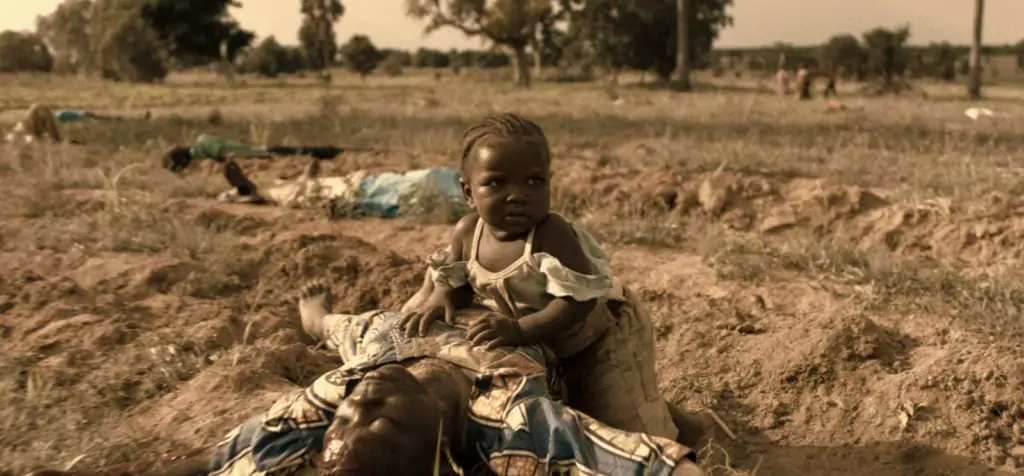
Since the film is divided into two parts – before the militants invaded the village and then after the sisters are captured – the filmmakers worked with colour palettes that would allow a distinction between the segments. “We thought of the first part being colourful and the other parts being as muted as possible. We took it a step further with the colour red in particular. We didn’t work with a LUT as unfortunately that was a luxury we could not afford.”
When shooting The Milkmaid, one priority was being in control of all the light sources for the interior scenes to make it easy to control the contrast. This can be difficult in Nigeria, especially when shooting on location, because the sun rises early and sets quickly. Therefore, tents were created around any houses being filmed in, so they were completely blacked out, allowing the team to film at any time of day and control the light sources in the day or night.
Gaffer Francis Wanyandeh Ouma, who Edward has worked with for a few years, made huge tents to match the size of the building. “Sometimes we had to take the tent down and erect it again because people lived in the houses,” says the cinematographer. “The houses also had very low ceilings which we removed so we could put up a soft source above. Francis and key grip Haruna Sadu – who also worked tirelessly to make sure everything was available when needed – would just make it happen.”
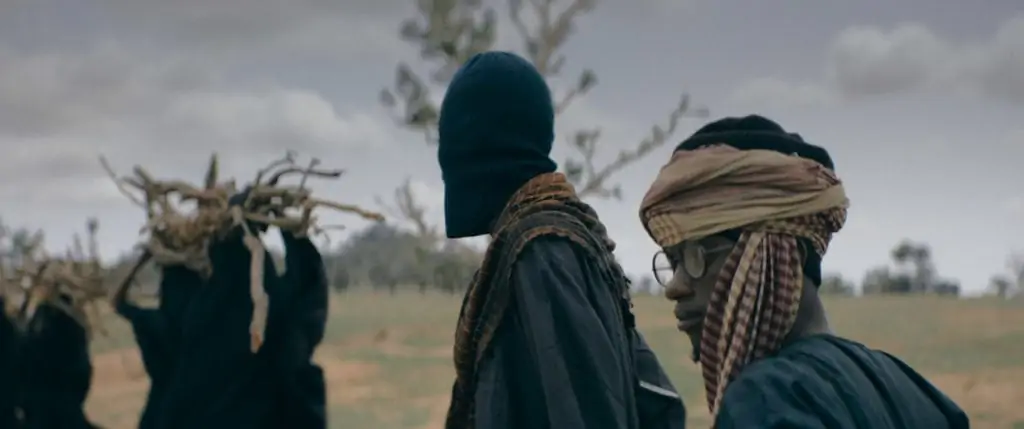
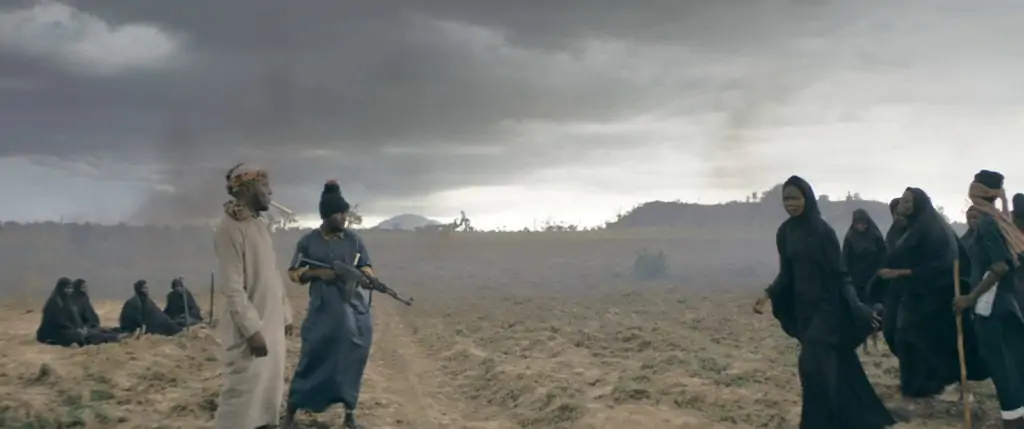
The big night scenes were particularly demanding and the largest lamp Ouma worked with was one 6K fresnel and a few 4Ks. “I asked if we could take the lamps high up, but there were no cherry pickers in Taraba state or anything we could use to lift the lamps. Francis went to the local market and bought pipes to build scaffolding about 24 feet high, allowing us to create moonlight for the night exteriors. We then used small LED lights to highlight faces.”
Evoking strong emotions
Grading was carried out at Twickenham Studios with colourist Tom Cairns whose “patience throughout the process was remarkable”. Edward did not want the film to look “traditionally pretty” – except at the beginning when the sisters’ lives are problem-free – but he still wanted to make the most of the stunning locations at his disposal. After the opening scenes, Edward asked Cairns to dirty the images as much as possible.
“We had fun pulling back many of the colours, keeping strong shadows, and selectively adding some film grain,” says Edward. “We allowed ourselves plenty of time to experiment to find the looks to suit the varying locations and time periods. I think we landed on something that felt right and aided the storytelling without being too overbearing.”
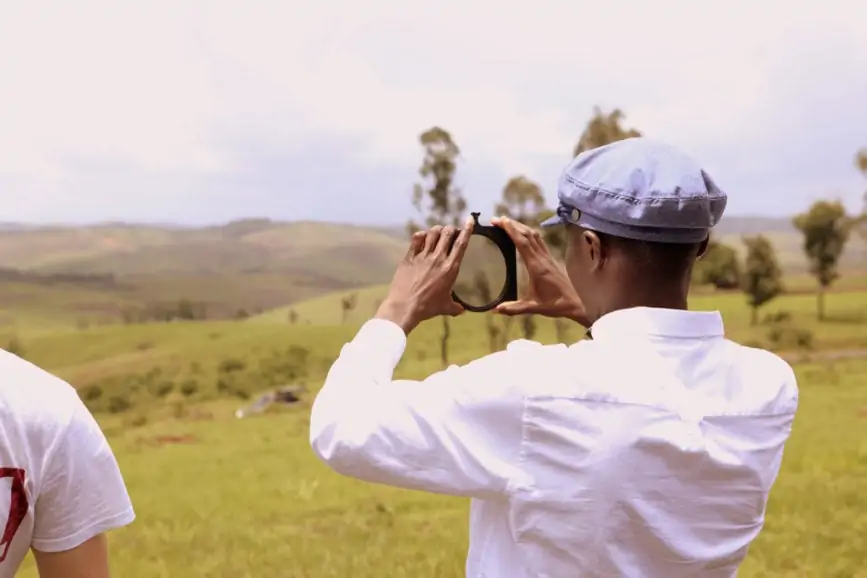
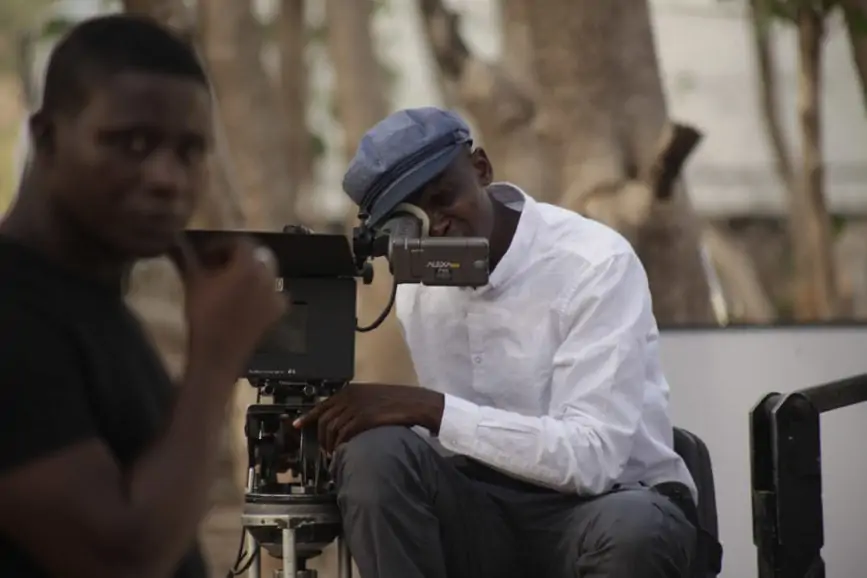
As much as Edward sees film as entertainment, he also believes it can be educational and used as a strong agent for change. “Boko Haram in Nigeria is a big issue and being part of this film was an opportunity to help push for change by highlighting the personal human stories of those who have suffered at the hands of these militants.,” he says. “I love stories that have the power to evoke strong emotions. There are many layers and facets of our human existence that I find remarkable and when I’m in a privileged position to explore other people’s lives who I may never meet through storytelling, I jump on it.”
For Edward, shooting in a place “that has some of the peculiarities Nigeria has” builds a sense of resolve. “It makes you tougher. It makes you adaptable. You train your mind to never give up,” he says. “I am full of praise for the entire crew because we all had to work in challenging situations and terrains to make the film. You work on productions where things are easy, and you have all the equipment you need. But when you work on films where you are forced to create everything you become incredibly inventive.”
